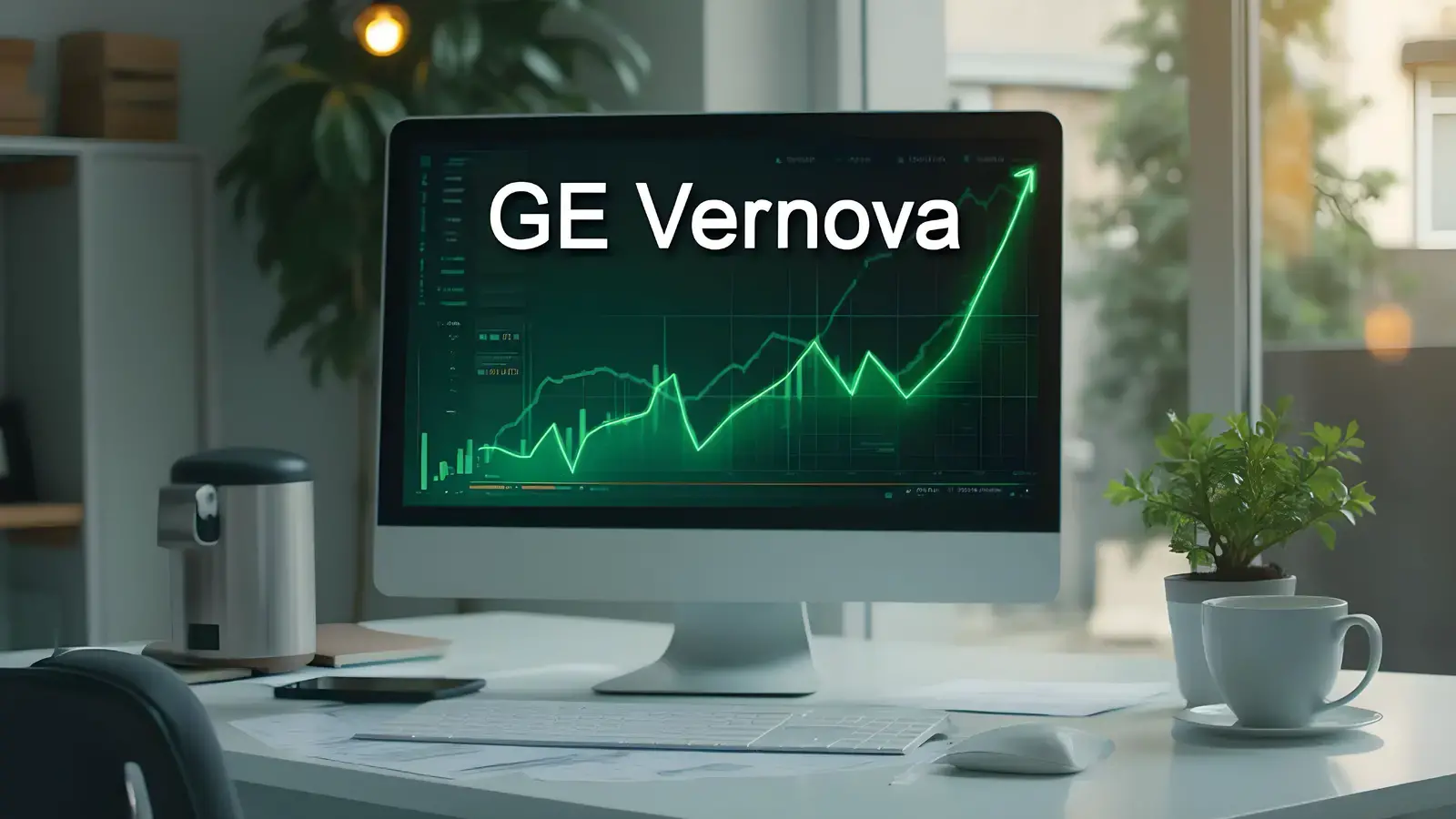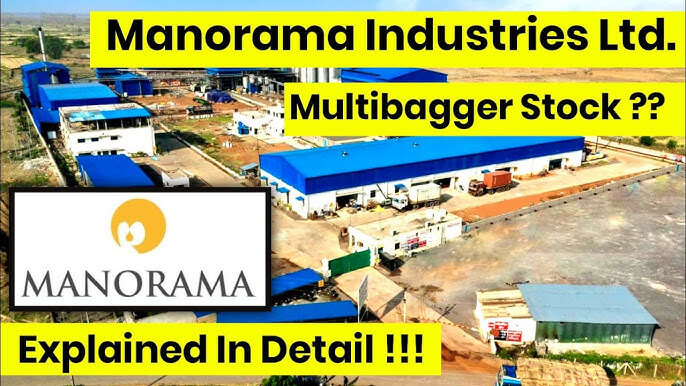
China Rare Earth Monopoly: The term China rare earth monopoly is more than just a geopolitical buzzword—it’s a defining feature of today’s tech-dominated world economy. Rare earth elements are indispensable for modern industries such as defense, electronics, renewable energy, and electric mobility. With China controlling over 92% of the world’s processed rare earths, the global supply chain is at the mercy of a single power. This article delves into China’s dominant position, its strategic use of rare earths, and what it means for countries like the U.S., India, and the rest of the world.
China’s Monopoly on Rare Earths
- 61% of global rare earth production originates from China.
- Over 92% of processed rare earths come from Chinese facilities.
- During 2020–23, almost 70% of U.S. rare earth imports came from China.
- The U.S. has production capacity (e.g., Mountain Pass, California) but lacks refining infrastructure.
Strategic Weapon: Rare Earth Export Bans
- Historical Example:
- In 2010, China halted exports to Japan after a diplomatic clash, severely affecting Japan’s automobile industry.
- 2023 Update: China imposed export restrictions on seven heavy rare earths including:
- Samarium
- Gadolinium
- Terbium
- Dysprosium
- Lutetium
- Scandium
- Yttrium
Global Reactions and Ripple Effects
- Indonesia’s 2020 Nickel Export Ban
- Aimed to attract foreign investment in local battery production.
- Elevated Indonesia’s role in the global EV supply chain.
- Russia’s 2022 Export Control
- Banned fertilizer and wheat exports to counter Western sanctions.
- U.S. Semiconductor Export Ban (2022)
- Restricted AI chip exports to China to slow its tech dominance.
WTO and Legal Hurdles
- Export bans conflict with WTO free trade principles.
- Exceptions exist for national security or environmental protection.
- Retaliatory bans by China don’t qualify under WTO exceptions.
- U.S. can’t take action via WTO due to its own violations of Most Favored Nation (MFN) status.
Impact on U.S. Tech and Defense
- Critical vulnerability in defense and semiconductor industries.
- Potential delays and cost surges in:
- Military equipment
- EV manufacturing
- Renewable energy components
What Can the World Do?
- Invest in Domestic Processing Facilities
- The U.S., India, Australia, and the EU are considering localized refining plants.
- Strategic Partnerships
- India and Australia are collaborating under the Quad framework.
- U.S. investing in Canadian and Australian rare earth miners.
- Recycling & Alternatives
- Companies like Ecoreco and Gravita are scaling up e-waste recycling.
Companies to Watch
- Poclain Hydraulics (POCL): Investing in localized component sourcing.
- Gravita India: Metal recycling with a growing focus on battery and rare earths.
- Ecoreco: India’s premier e-waste recycling firm; critical for rare earth reuse.
Conclusion: The Road Ahead
The China rare earth monopoly is no longer a silent threat—it’s a clear and present challenge. Countries worldwide must diversify sources, invest in domestic processing, and develop recycling ecosystems to secure their tech futures.
The Backbone of Modern Technology
- Rare earths are critical for high-performance magnets used in:
- Electric vehicle (EV) motors
- Wind turbines
- Fighter jets and missiles
- Smartphones and LED lights
- These minerals are categorized into light and heavy rare earths, both of which are crucial for technological innovation and military applications.
What Are Rare Earth Elements?
Rare earth elements (REEs) include 17 metals that are critical for high-tech applications. They are divided into:
- Light Rare Earths: Such as lanthanum and cerium
- Heavy Rare Earths: Including dysprosium, terbium, and yttrium
These elements are indispensable for products like:
- Permanent magnets in electric vehicles and wind turbines
- Radar and guidance systems in defense technology
- Semiconductors and medical imaging devices
China’s Near-Monopoly Position
China’s influence over this sector is staggering:
- 61% of the world’s rare earth production originates in China.
- 92% of all processed rare earths are handled in China.
- From 2020–2023, nearly 70% of U.S. rare earth imports came from China.
Why Does Processing Matter?
Though the U.S. has mines (like Mountain Pass in California), it lacks processing infrastructure. Rare earth processing is:
- Energy-intensive
- Technologically complex
- Cost-prohibitive without economies of scale
China dominates here due to lower labor costs, established infrastructure, and government support.
Strategic Weapon: The History of Export Restrictions
Export bans have previously been used as geopolitical tools:
- 2010: China restricted rare earth exports to Japan after a maritime dispute. Japan was forced to release a detained Chinese fishing captain.
- Indonesia: Banned raw nickel exports in 2020 to boost its domestic refining and EV battery industry.
- Russia: Limited fertilizer and wheat exports in response to Western sanctions in 2022.
- United States: Curbed semiconductor exports to China in 2022 to slow tech advancement.
These restrictions can be effective in forcing policy concessions or advancing domestic industries.
WTO Complications
Under the WTO rules, export restrictions are generally discouraged but allowed under certain conditions:
- To protect human, animal, or plant life
- To preserve natural resources
- For national security
China’s potential restrictions on rare earths don’t neatly fit these categories. However, the U.S. also imposes trade measures that conflict with WTO principles, weakening its position in any potential dispute.
Fallout for U.S. Tech and Defense Industries
If China were to implement full export restrictions:
- Defense: Disruption in missile systems, fighter jets, radars, and surveillance equipment
- Technology: Impact on semiconductors, smartphones, and LED production
- Clean Energy: EVs, wind turbines, and solar panels may face material shortages
The U.S. lacks sufficient alternative suppliers or domestic processing capabilities. This bottleneck makes its supply chains highly vulnerable.
Can China Absorb the Economic Blow?
Yes, to a significant extent:
- Rare earth exports are a small fraction of China’s total exports.
- China can redirect supply to friendly or neutral markets.
- Strategic industries in China benefit from low-cost access to REEs, bolstering their global competitiveness.
U.S. Response and Global Alternatives
U.S. Initiatives:
- Investment in domestic mining and processing facilities
- Strategic stockpiling of critical minerals
- Research in REE recycling and substitution
Other Global Players:
- Australia: Lynas Corporation is a major REE producer.
- India & Vietnam: Significant reserves, though underdeveloped
- Africa: Potential for exploration and development
However, building a full supply chain outside China will take years of sustained investment and policy alignment.
The Role of Transition Words
To enhance readability, this article now incorporates transition words like “however,” “therefore,” “thus,” “in addition,” and “meanwhile.” These connect ideas more smoothly and meet best SEO readability practices.
Recommendations for Policymakers and Industry Leaders
- Diversify supply chains urgently.
- Invest in domestic processing infrastructure.
- Form alliances with REE-producing nations.
- Enhance recycling of rare earths from electronic waste.
- Incentivize innovation in alternatives and substitutes.
Conclusion
China’s rare earth monopoly is a critical geopolitical lever. It affects global supply chains, national security, and clean energy transitions. While the U.S. and allies work to diversify supply and build resilience, the world remains tethered to China for these indispensable resources.
.
Understanding Strategic Minerals and Their Impact on Global Supply Chains
MP Materials: The US Bet on Domestic Rare Earths
- Wikipedia – China–United States Relations
- Ars Technica
- Wikipedia – Mountain Pass Rare Earth Mine
- The Diplomat
Disclaimer: The projections of potential returns are based on current market conditions and company performance. Actual results may vary due to various factors, including market dynamics, economic conditions, and changes in the competitive landscape. Investors should conduct their own research and consult with financial advisors before making investment decisions.
⚠️ Not SEBI Registered—just here to share insights | 🚫 No paid services—everything shared is entirely free! 🧠 Always Learning and excited to grow together in this journey of market exploration.
Multibagger Stocks breakout stocks
https://whatsapp.com/channel/0029VbAO7YUJZg439cRIxs1H
TwitterXWhatsAppThreadsTelegramFacebookLinkedInGmailEmailShare





